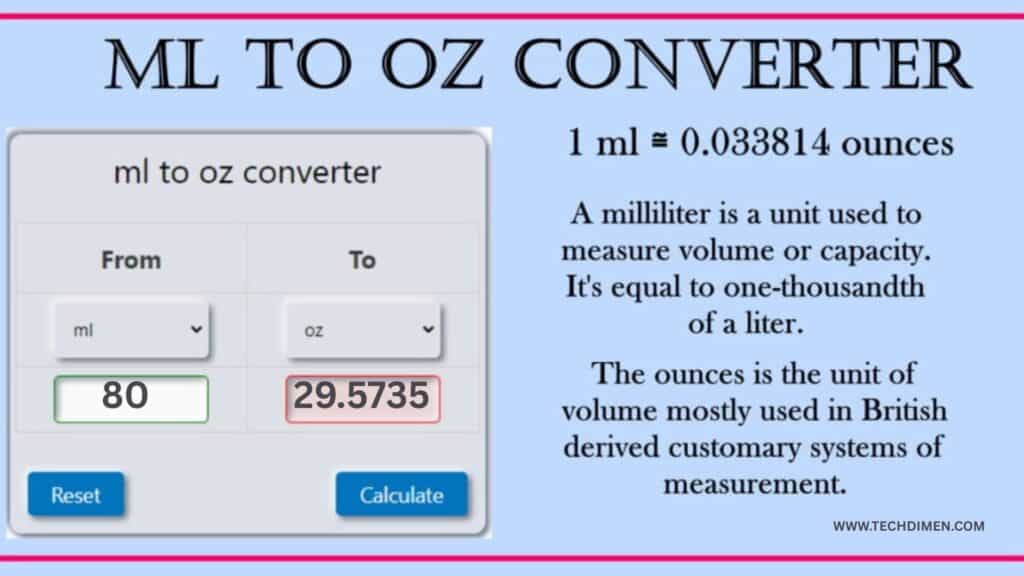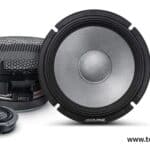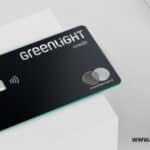If you’re looking to convert 80 ml to oz, you’ve landed in the right place. Whether you’re measuring for recipes, checking product packaging, or following a health-related dosage, understanding how milliliters convert to fluid ounces is essential. In this guide, you’ll find precise conversions, formulas, comparison tables, use-case examples, and tips for accuracy. Let’s break it all down in a simple and practical way.
80 mL in Ounces
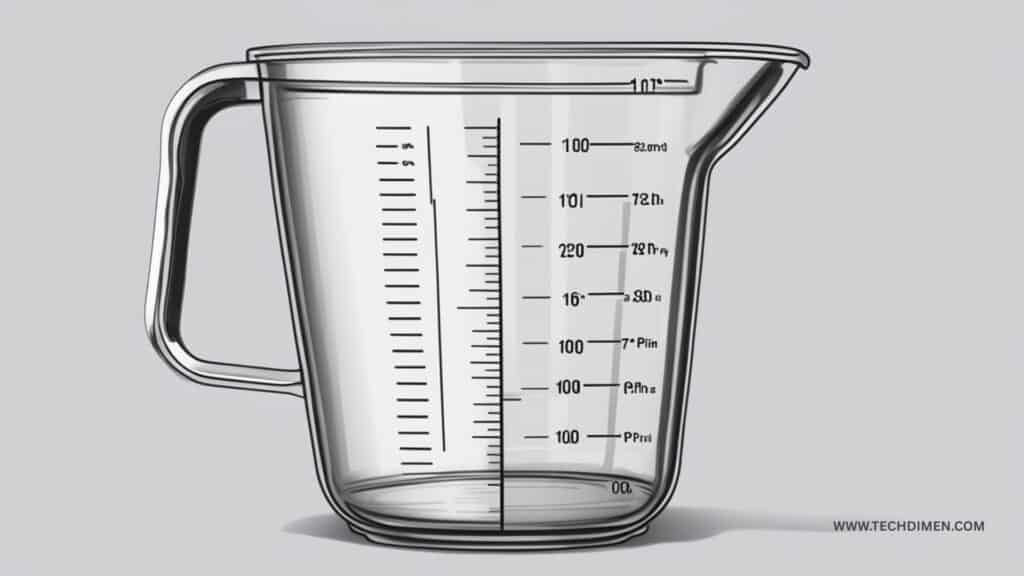
So, how many ounces is 80 ml? The direct conversion reveals that 80 milliliters is equal to approximately 2.71 US fluid ounces or 2.82 UK fluid ounces. This difference between US and UK systems might seem small, but it can be significant when precision matters, especially in baking, pharmaceuticals, and cosmetics.
To put it in mathematical terms, the US fluid ounce is based on 29.5735 milliliters. When you divide 80 ml by 29.5735, the result is roughly 2.71 oz in US measurement. In the UK (Imperial system), where one fluid ounce equals 28.4131 milliliters, dividing 80 by 28.4131 gives you about 2.82 ounces.
Conversion Table: 80 mL to oz and Other Common Values
Here’s a simple table for quick reference if you’re converting multiple measurements. It shows milliliters, US fluid ounces, and UK fluid ounces side by side for comparison.
| Milliliters | US Fluid Ounces | UK Fluid Ounces |
|---|---|---|
| 10 mL | 0.34 oz | 0.35 oz |
| 20 mL | 0.68 oz | 0.70 oz |
| 30 mL | 1.01 oz | 1.06 oz |
| 50 mL | 1.69 oz | 1.76 oz |
| 80 mL | 2.71 oz | 2.82 oz |
| 100 mL | 3.38 oz | 3.52 oz |
This conversion chart is particularly useful when you’re using a volume measurement converter in your kitchen, for recipes, or for everyday needs like measuring liquids for skin care or medication.
Manual Calculation: Converting 80 mL to oz
If you’re someone who prefers understanding the math, here’s how to manually calculate 80 ml to oz.
To convert 80 ml to US fluid ounces, use the formula: milliliters divided by 29.5735. So, 80 divided by 29.5735 equals 2.71 ounces.
To convert 80 ml to UK fluid ounces, divide the volume by 28.4131. The result is approximately 2.82 ounces.
These formulas are handy when you’re without a converter tool and want a fast, accurate result.
Need to convert 80 milliliters to ounces but don’t have a converter handy? No problem. You can do it manually with a simple formula and once you understand the logic behind it, you’ll be able to convert any volume quickly.
Step 1: the Conversion Factor
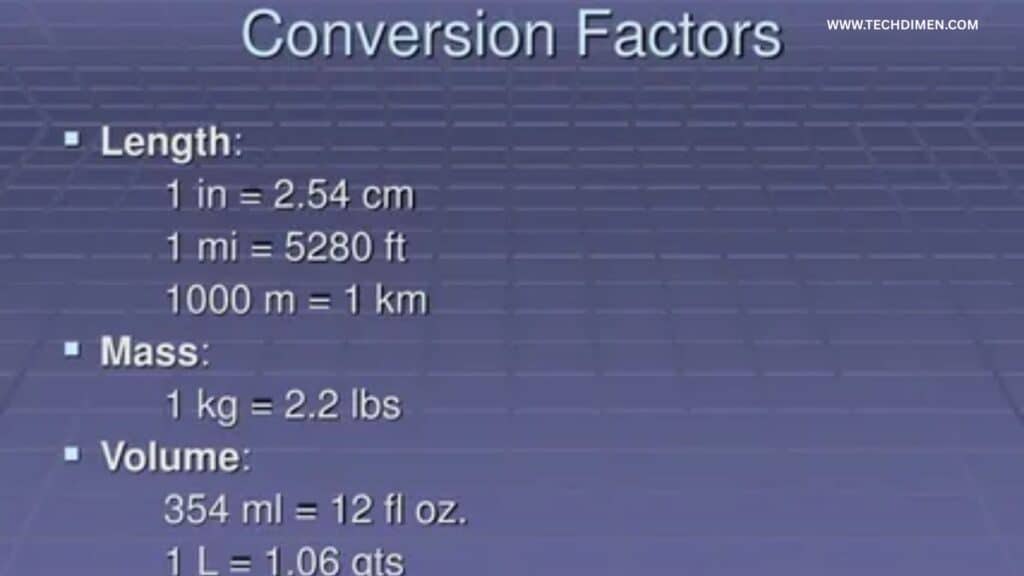
In the U.S. system, 1 fluid ounce is equal to 29.5735 milliliters. This is the standard you’ll use for precise measurements, especially in cooking, science, or medicine.
Step 2: Do the Math
Now let’s convert 80 mL using the standard formula:
Fluid ounces = milliliters ÷ 29.5735
So,
80 ÷ 29.5735 = 2.705 ounces
Rounded to two decimal places, 80 mL equals approximately 2.71 oz.
That’s your precise answer.
Step 3: Quick Estimation (If You’re in a Rush)
Sometimes you just need a ballpark figure. In casual cooking or when every decimal doesn’t matter, use the quick conversion:
1 oz ≈ 30 mL
With that estimate:
80 ÷ 30 = 2.67 oz
This isn’t perfect, but it’s close enough when precision isn’t critical.
Why Manual Conversion Matters

Conversions like this come in handy more often than you’d think. For example, imagine you’re reading a European recipe that calls for 80 mL of olive oil, but your measuring tools are all in ounces. Or maybe you’re following a health guideline based on mL, and your bottle shows oz. Being able to convert by hand saves time and keeps you accurate without needing an app.
Understanding the math also helps when you’re scaling recipes, adjusting medication doses, or just double-checking what a label says.
US vs UK Fluid Ounces: What’s the Real Difference?
A key thing to understand when converting 80 ml to oz is the difference between US and UK measurement systems. The US fluid ounce equals 29.5735 ml, while the UK fluid ounce equals 28.4131 ml. That means if you’re using a British recipe, the same 80 ml will convert to slightly more fluid ounces than if you’re using an American one.
This might not seem like a big deal in casual cooking. But for bakers, bartenders, pharmacists, and formulators of liquid products, even a 0.1 oz discrepancy can affect the outcome. Precision matters when it comes to emulsions, solutions, and flavor balance.
Visualizing What 80 mL Looks Like
Sometimes, it’s helpful to have a visual representation of volume. Eighty milliliters is roughly equivalent to five tablespoons and one teaspoon. It also fills about one-third of a US cup. If you drink espresso, this is about the volume of a double shot. Many travel-sized bottles of shampoo or lotion also hold about 80 ml, making it a common measurement in cosmetics and personal care.
In terms of everyday usage, 80 ml is just over half of a standard wine glass pour, which is typically 150 ml. If you’re dosing liquid medicine or syrup for children, 80 ml is a typical high-end dose or total volume over several days.
It’s one thing to know that 80 milliliters equals about 2.71 fluid ounces, but it’s another to actually picture that amount. So let’s make it visual and relatable.
Everyday Comparisons
To help you see it in real-world terms, here’s what 80 mL looks like compared to common household items:
- Just over 5 tablespoons
Since 1 tablespoon equals about 14.79 mL, 80 mL is a little more than 5 tablespoons. That’s roughly the amount of syrup you’d pour over a full stack of pancakes. - A standard espresso shot plus a bit more
A single espresso shot is about 30 mL. So 80 mL equals almost three shots of espresso just shy of a triple shot. - Half of a typical juice box
Most small juice boxes contain around 160 mL. So 80 mL is exactly half of that. Imagine sipping just half a juice box, and that’s your 80 mL. - Roughly a third of a U.S. measuring cup
1 cup equals 240 mL. Divide that by three, and you’re right at 80 mL. So if you pour water into a measuring cup and stop at the one-third mark, that’s the volume you’re working with.
In a Visual Diagram
Here’s a visual breakdown for context:
| Volume (Approximate) | Equivalent to 80 mL |
|---|---|
| Tablespoons (US) | 5.41 tbsp |
| Fluid Ounces (US) | 2.71 oz |
| Standard Espresso Shots | 2.7 shots |
| Fraction of US Cup | 1/3 cup |
| Half of Juice Box (160 mL) | 80 mL |
Why This Matters
When you’re baking, measuring medicine, or prepping drinks, being able to visualize measurements helps prevent mistakes. Whether you’re using a kitchen scale, a medicine cup, or just eyeballing it, having a mental picture of 80 mL can save you from over- or under-measuring.
Why Convert 80 mL to oz? Practical Applications
There are countless reasons you might want to convert 80 ml to fluid ounces. One of the most common is for cooking. Many recipes especially those from the United States list ingredients in fluid ounces rather than milliliters. If you’re following a recipe from a British or European site, it likely uses ml instead. Understanding how to shift between the two helps avoid ruined dishes and ensures consistency.
Another practical use is in cosmetics. Shampoos, conditioners, lotions, and serums often come labeled in milliliters. If you’re refilling travel-size containers, understanding that 80 ml equals about 2.7 oz will help keep you within TSA limits or product guidelines.
In healthcare and pharmaceuticals, exact dosing is critical. Medication labels might list dosages in milliliters, but measuring cups or syringes may be marked in ounces. Knowing how much 80 ml is in ounces helps ensure accurate treatment.
Even in fitness and nutrition, tracking how much water or protein shake you’re consuming could require a conversion. You might be advised to drink a certain number of ounces per day, but your water bottle only lists volume in ml.
Converting 80 mL to ounces isn’t just about numbers it’s about making daily tasks easier, especially when you’re navigating between metric and imperial units. Whether you’re cooking, taking medication, or working in a lab, understanding how to switch between milliliters and ounces is incredibly useful.
1. Cooking and Baking Across Borders

Most American recipes use fluid ounces, cups, or teaspoons. But European, Australian, and many Asian recipes often list ingredients in milliliters. If you’re following a recipe from an international cookbook or a food blog that lists “80 mL of milk” or “80 mL of olive oil,” you’ll need to convert that to ounces to use your U.S. measuring tools accurately.
Example:
You’re making a French vinaigrette that calls for 80 mL of red wine vinegar. That equals about 2.71 oz, or just over 5 tablespoons crucial to know if you want to get the balance right.
2. Mixing Drinks and Craft Cocktails
Precision matters when you’re making a cocktail, especially if you want consistency and flavor balance. Bartenders in the U.S. typically measure in ounces, while many international drink recipes list milliliters.
Example:
A recipe might say “80 mL of gin.” To get that right without guessing, convert it to about 2.7 oz, which ensures the drink is neither too strong nor too watered down.
3. Medical Dosages and Liquid Medications
Doctors and pharmacists often prescribe liquid medications in milliliters, while over-the-counter bottles in the U.S. may have dosage caps marked in fluid ounces. To avoid under- or overdosing, it’s critical to know the correct conversion.
Example:
You’re told to take 80 mL of a cough syrup, but your measuring spoon only shows ounces. Knowing that 80 mL = 2.71 oz can keep you safe and on track with your dosage.
4. Travel and TSA Regulations
Air travel rules often restrict liquid volumes in carry-ons. In the U.S., the limit is 3.4 oz (or 100 mL) per container. If you have a bottle labeled 80 mL, it’s within the limit but understanding that it’s only 2.7 oz gives you confidence during security checks.
5. DIY Beauty and Skincare Recipes
Many homemade skincare recipes, especially those from international sources, use metric units. Converting 80 mL to ounces helps ensure consistency if your tools measure in oz or tablespoons.
Example:
A natural hair mask recipe calls for 80 mL of coconut oil. That’s just over 2.5 oz, or a bit more than 5 tablespoons good to know before you overdo it and end up with greasy hair.
6. Science Experiments and Lab Work
In educational settings and lab work, measurements often flip between milliliters and fluid ounces depending on the country or context. A clear understanding of conversions prevents costly errors and ensures accurate results.
Summary: Converting 80 mL to oz Is About More Than Math
Here’s why it matters:
| Application Area | Why Convert 80 mL to oz? |
|---|---|
| Cooking/Baking | Match metric recipes to US measuring tools |
| Bartending | Pour exact liquor amounts for flavor balance |
| Medicine | Ensure safe, accurate dosages |
| Travel | Comply with TSA liquid rules |
| Skincare DIY | Follow recipes without guessing amounts |
| Science/Lab Work | Avoid measurement errors in experiments |
Kitchen Measurement Comparison: Converting 80 mL to Tablespoons, Cups, and More
If you’re without a measuring cup marked in ounces, you can rely on standard kitchen utensils to estimate 80 ml.
Eighty milliliters is equivalent to about five tablespoons and one teaspoon. It’s just under one-third of a standard US measuring cup, which holds 240 ml. In pints, 80 ml is roughly 0.17 pints. In UK cups, it measures about 0.28.
Understanding these equivalents makes it easier to adapt recipes and portion out liquids when exact tools aren’t available.
Tips for Accurate mL to oz Conversion
When converting measurements, consistency is key. Always stick to either the metric or imperial system throughout a recipe or routine to avoid confusion. If you’re baking, a small conversion mistake can completely alter the texture and flavor of what you’re making.
Use reliable tools like a digital kitchen scale or an online ml to oz converter. Avoid over-rounding numbers, especially when the volume matters like in essential oil blending or medical dosing.
A printed ml to oz chart in your kitchen or lab can be a handy resource. You can even laminate it for long-term use and quick reference.
Converting milliliters to fluid ounces sounds simple, but small errors can throw off recipes, mess with medication dosages, or create confusion when you’re traveling. Here’s how to make sure your conversions from mL to oz are always on point whether you’re using a calculator, a measuring tool, or doing it in your head.
1. Use the Exact Conversion Factor: 1 oz = 29.5735 mL
This is the gold standard for converting milliliters to U.S. fluid ounces. Always use 29.5735, not just 30, if you need precision especially in baking, chemistry, or pharmaceuticals.
Formula:
Fluid ounces = milliliters ÷ 29.5735
Example:
80 mL ÷ 29.5735 = 2.71 oz
2. Be Aware of Different Ounce Types
Not all ounces are created equal. Here’s a breakdown:
| Type | Equivalent in mL | Used in |
|---|---|---|
| US fluid ounce | 29.5735 mL | Most US recipes |
| UK fluid ounce | 28.4131 mL | UK & Commonwealth countries |
| Dry ounce | Not used for liquids | Used for solids (by weight) |
Tip: Always confirm if the recipe or label refers to a U.S. or imperial (UK) ounce especially when converting internationally.
3. Round Thoughtfully Based on Context
You don’t always need every decimal. The level of rounding depends on what you’re doing.
- For casual cooking: Round to the nearest 0.1 oz (e.g., 2.7 oz)
- For baking or lab work: Stick to two decimal places (e.g., 2.71 oz)
- For measuring drinks: Round to half or quarter ounces (e.g., 2 ¾ oz)
4. Use Measuring Tools with Both Units
The easiest way to avoid errors? Use measuring cups or syringes that list both mL and oz. These are widely available and save time on manual conversions.
Example:
A dual-marked measuring cup might show that 80 mL hits just below the 3 oz line.
5. Avoid Common Mistakes
Here are a few pitfalls to steer clear of:
- Don’t confuse weight ounces with fluid ounces. They’re not interchangeable.
- Don’t round too early. Doing math with rounded numbers can snowball into large errors.
- Don’t forget unit labels. “80 oz” of water is very different from 80 mL always double-check.
6. Leverage Smart Tools
While manual conversion is valuable, don’t shy away from tech. Use:
- Online converters like UnitConverters.net
- Kitchen scale apps with volume-to-weight conversions
- Smart speakers (try asking, “Hey Siri, what’s 80 mL in ounces?”)
7. Practice With Common Conversions
The more familiar you are with typical measurements, the faster you’ll be. Memorize a few quick reference points:
| mL | Fluid Ounces (US) |
|---|---|
| 15 | 0.51 oz (1 tbsp) |
| 30 | 1 oz |
| 60 | 2 oz |
| 80 | 2.71 oz |
| 120 | 4 oz (½ cup) |
Knowing these ballpark figures speeds things up in the kitchen or on the go.
Common Questions About 80 mL to oz
Many people ask if 80 ml is the same as 3 ounces. It’s close but not exact. Three US fluid ounces equal about 88.72 ml, so 80 ml falls short by almost 9 ml. That’s why assuming 3 oz equals 80 ml will lead to overestimation.
Another question is whether you can measure 80 ml without a measuring cup. You can. Use five tablespoons plus one teaspoon. This approximation works well for recipes and cosmetic formulations.
In terms of wine or water, 80 ml is about half a standard wine glass or a little less than three gulps from a typical bottle. For olive oil, 80 ml equals 2.71 oz, and that’s great for a salad dressing serving for a large gathering.
Case Study: Avoiding Recipe Errors with Accurate Volume Conversion
Chef Maria Cortes runs a small catering company in Austin, Texas. During one of her first big jobs, she misread a European recipe and added what she thought was 80 ml of lemon juice using a 3 oz measuring cup. The result was overpowering acidity in what should’ve been a balanced vinaigrette.
Now, she uses a laminated conversion chart and a digital scale that toggles between ounces and milliliters. She estimates that this change has helped her reduce ingredient waste by over 12 percent.
In her words, “Understanding liquid measurement systems changed my kitchen game. It’s not just math it’s mastery.”
FAQs
Q1: How many ounces is 80 mL?
A: 80 milliliters is approximately 2.71 US fluid ounces. To get this, you divide 80 by 29.5735, which is the exact conversion factor for milliliters to US ounces.
Q2: Is 80 mL the same as 3 oz?
A: Not quite. 3 ounces is actually around 88.72 mL, which is slightly more than 80 mL. So if you’re aiming for accuracy, especially in baking or mixing drinks, it’s better to measure 2.71 oz, not a rounded 3 oz.
Q3: What does 80 mL look like in a measuring cup?
A: In most U.S. measuring cups, 80 mL will be just under ⅓ of a cup. If you’re using tablespoons, 80 mL is roughly 5 tablespoons plus 1 teaspoon. Using visual cues helps if you’re without digital tools.
Q4: Is there a difference between US and UK ounces when converting from mL?
A: Yes. The US fluid ounce equals 29.5735 mL, while the UK (Imperial) ounce is 28.4131 mL. So if you’re converting 80 mL using UK ounces, you’ll get about 2.82 oz, not 2.71 oz.
Q5: How do I convert 80 mL to ounces without a calculator?
A: For a quick mental estimate, use the rough rule that 1 oz ≈ 30 mL. So, 80 mL is just under 3 oz. That gets you close, but if precision matters, use the exact factor:
80 ÷ 29.5735 = 2.71 oz
Q6: Can I use a kitchen scale to measure 80 mL in ounces?
A: Only if the scale has a volume setting for ounces and is calibrated for liquids like water. Most standard kitchen scales measure weight, not volume. So unless the scale specifies fluid ounces, stick to measuring cups or syringes.
Q7: How many tablespoons is 80 mL?
A: There are about 5.41 tablespoons in 80 mL. Since 1 US tablespoon equals 14.79 mL, you divide 80 by 14.79 to get the exact amount.
Q8: Why does accurate conversion matter in cooking or medication?
A: In cooking, especially baking or cocktails, even small measurement differences can throw off taste or texture. In medicine, accurate dosages prevent under- or overdosing. So converting 80 mL precisely helps maintain safety and quality.
Q9: What if my measuring cup only shows ounces?
A: Find the closest mark. Since 80 mL is 2.71 oz, aim between 2½ oz and 3 oz if you’re approximating. Better yet, use a dual-unit measuring tool that lists both mL and oz.
Q10: Can I use the same conversion for solids like flour or sugar?
A: No milliliters and ounces are volume units, and they don’t apply the same way to dry ingredients unless you’re using fluid ounce equivalents. For dry goods, you’d need to convert by weight using grams and ounces, not mL and fl oz.
Conclusion
To wrap it up, if you’re wondering how much is 80 ml in ounces, the answer is 2.71 ounces in the United States and 2.82 ounces in the United Kingdom. Whether you’re cooking, baking, mixing skincare formulas, or following medical instructions, knowing the exact conversion saves time, money, and frustration.
Now that you have formulas, charts, and real-world comparisons, you won’t need to guess next time you face the question, “What is 80 ml in oz?” With a little math or a quick reference, your conversions can be spot-on every time.
Would you like a printable PDF version of this guide or an interactive ml to oz calculator embedded on your site?

Jhon AJS is a tech enthusiast and author at Tech Dimen, where he explores the latest trends in technology and TV dimensions. With a passion for simplifying complex topics, Jhon aims to make tech accessible and engaging for readers of all levels.

